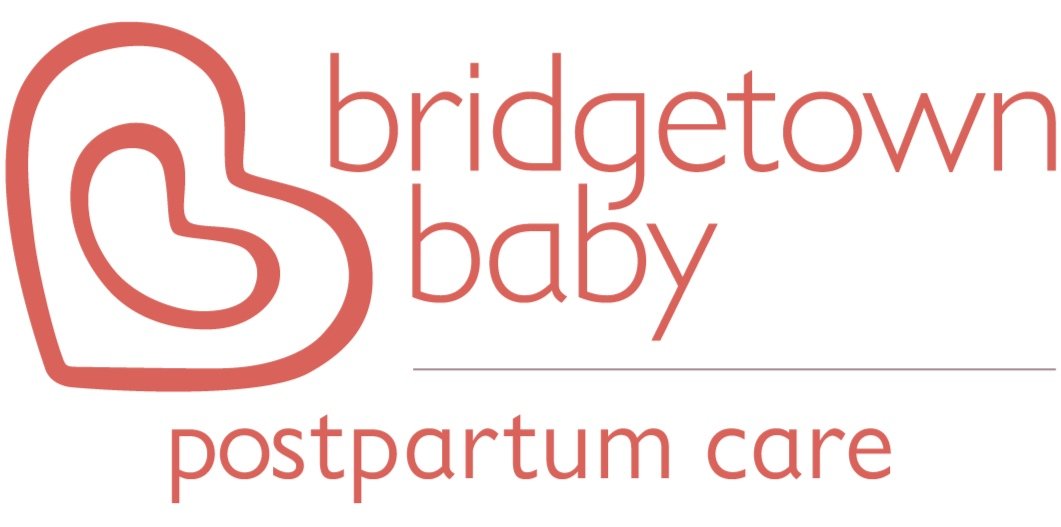Nipple Pain and Other Challenges: Mastitis
By Lauryn Johnson, Certified Postpartum Doula
Last month, our Ask the Expert series walked us through some considerations around nipple pain when breastfeeding or chestfeeding, and how commonly this kind of discomfort occurs. This month, our lactation team tackles questions around mastitis, a painful inflammation of the breast tissue that can lead to fever, chills, and - if untreated - breast abscess and a potential need for surgical treatment (1). Like nipple pain, lactational mastitis is unfortunately common - approximately one in four lactating people will experience mastitis in the first 6 months postpartum (2).
Mastitis may occur in conjunction with the kind of nipple pain we discussed last month, but our understanding of its relationship to nipple damage, its causes, and the best modes of treatment is evolving. If you’ve been treated for mastitis in the past, you may find the Academy of Breastfeeding Medicine’s recently updated recommendations for managing mastitis surprising!
The ABM’s new paper, published in 2022, describes how mastitis is no longer thought to be caused by a single pathological entity (3). Instead, evidence shows that mastitis encompasses a spectrum of conditions in the lactating breast (4). For those looking to learn more about the updated protocol, Bridgetown Baby’s Lead Lactation Consultant Sarah Longwell breaks down the key differences between the new and old recommendations and provides some important take-aways for lactating parents.
“In the past, people imagined that mastitis was caused by a plugged or blocked milk duct. Providers were taught that clusters of milk fat hardened, resulting in barriers around milk flow,” says Sarah. She continues, “but this paper tells us there’s something else going on.”
For Sarah, the main difference between old and updated recommendations for mastitis management is not a question of what is blocking milk flow, but why?
“This new paper shows us that instead of milk flow being obstructed from the inside (by hardened milk fat, for example), there’s buildup of bacteria, combined with something external that puts pressure on the duct, causing milk obstruction.”
Turns out, that ‘something external’ may be inflammation. When the breast tissue is inflamed, blood vessels within the breast expand and swell. This swelling puts external pressure on milk ducts, narrowing them and resulting in inhibited milk flow. For this reason, the Academy of Breastfeeding Medicine’s updated protocol considers inflammation to be a primary risk factor for mastitis/ductal narrowing - and the protocol recommends a focus on inflammation in both treating and preventing mastitis.
To Sarah, this approach makes sense.
“Considering inflammation as a risk factor is so important,” she says, “because when we thought the duct was ‘blocked’ in the past, we actually recommended things that can make inflammation worse - like heat, massage, vibration, pumping, excessive nursing, etc.”
Instead, Sarah recommends that lactating parents who are experiencing mastitis follow protocols that help to decrease inflammation in the breast tissue, such as “ice, cold packs, and gentle massage to support lymphatic health.”
The most important mastitis-related recommendation for newly postpartum parents, though, is to recognize the signs and symptoms of mastitis and contact their primary care provider and/or seek lactation care early on. With skilled support to assess the situation and guide appropriate treatment options, parents can move through mastitis - and learn what they can do to decrease their risks of future bouts.
References
https://www.mayoclinic.org/diseases-conditions/mastitis/symptoms-causes/syc-20374829
Mitchell, K. B., Johnson, H. M., Rodríguez, J. M., Eglash, A., Scherzinger, C., Widmer, K., Berens, P., & Miller, B. (2022). Academy of Breastfeeding Medicine Clinical Protocol #36: The mastitis spectrum, revised 2022. Breastfeeding Medicine, 17(5), 360–376. https://doi.org/10.1089/bfm.2022.29207.kbm
Pahwa R., Goyal A., Jialal I. Chronic Inflammation. [Updated 2022 Aug 8]. In: StatPearls [Internet]. Treasure Island (FL): StatPearls Publishing; 2022 Jan-. Available from: https://www.ncbi.nlm.nih.gov/books/NBK493173

